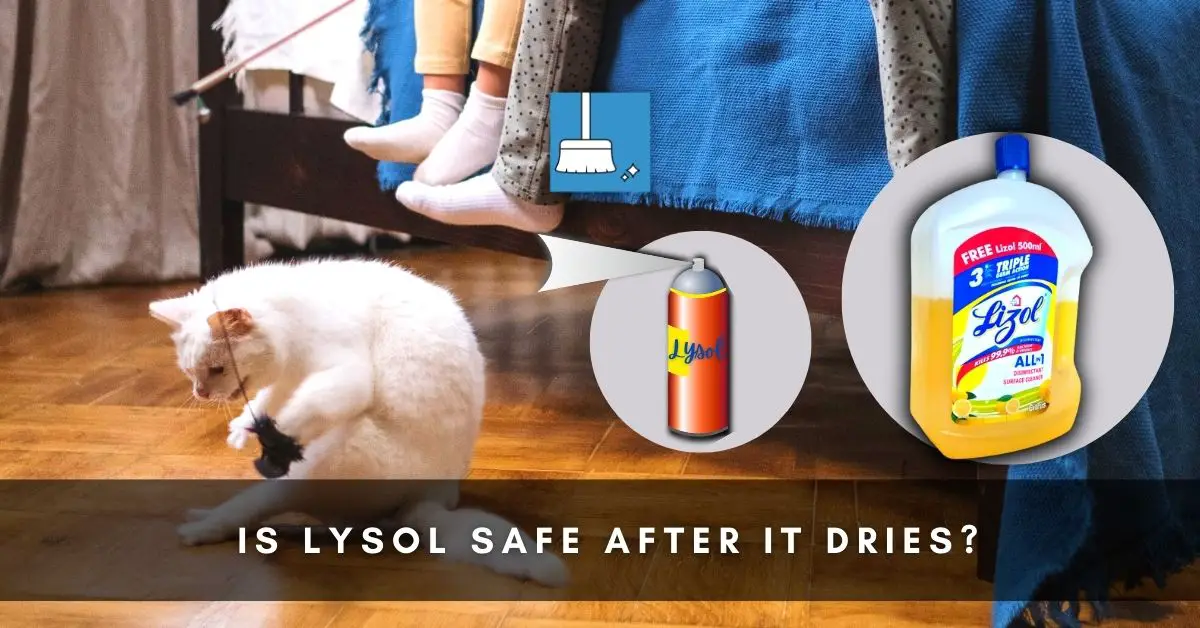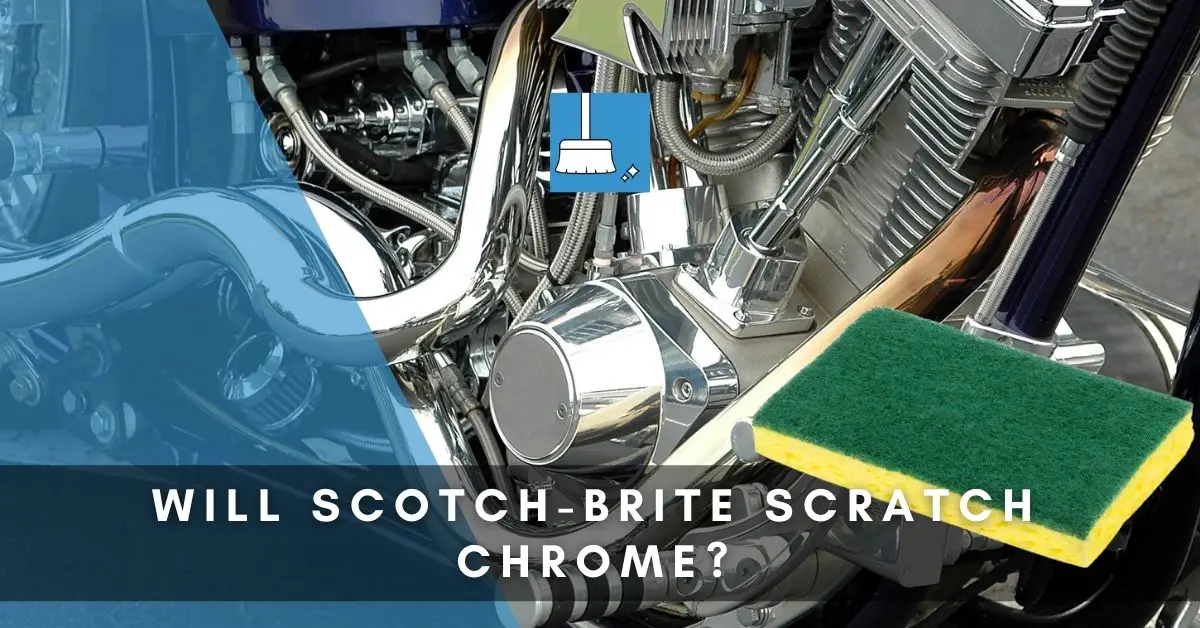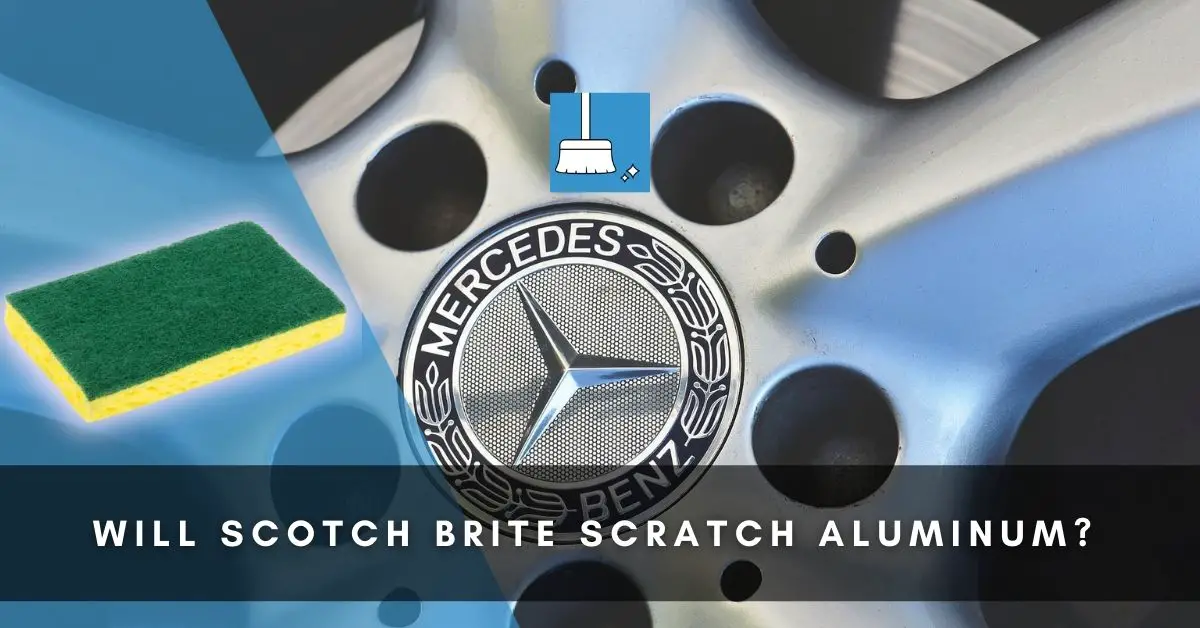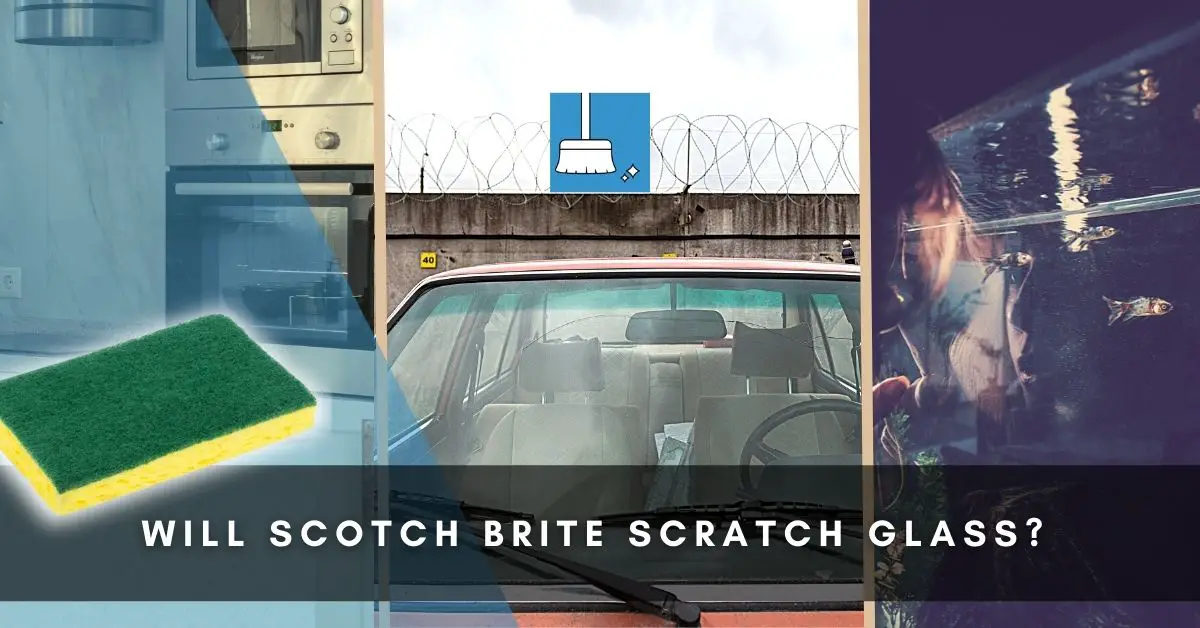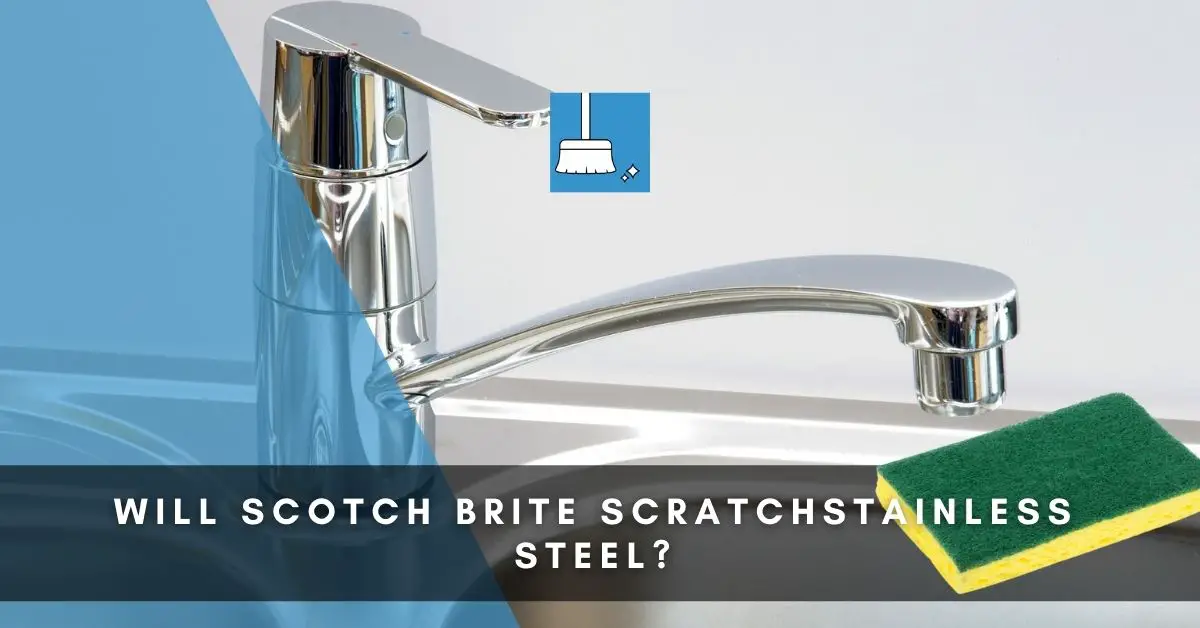Lysol is a brand that has so many cleaners for different purposes. There’s hardly a cleaning need in your home that Lysol hasn’t manufactured a cleaner for. Is it disinfecting surfaces, and getting rid of toilet bowl rings? Everything is covered. But are these cleaners safe?
We know that Lysol is flammable, shouldn’t be used on the skin, and shouldn’t be inhaled, but is it safe after it dries? Is it pet-friendly?
These questions will be sufficiently answered in this article to put your mind at ease. At the end of this article, you’ll know everything about using Lysol safely around your home, especially if you have pets.
Is Lysol Safe after It Dries?
When a Lysol cleaner or disinfectant has been sprayed, it has to be wiped off. This is because even after it dries, residues will still be left on that surface, which can be dangerous to you, your kids, and your pets.
Lysol & Dog Safety!
Lysol can be toxic and harmful to pets like dogs because of the chemical compounds it contains, but once used correctly your dog should be safe.
After spraying Lysol on a surface your dog will be coming in contact with often, you shouldn’t just let it dry, and allow your dog access to it. It could still irritate your dog.
Lysol even after it has been used still leaves residues and vapors in the air. If your dog sniffs the residue in the air, it could fall sick. If it licks the dried surface also, it could get sick.
To avoid this, wipe the surface with a wet cloth after it dries. After wiping, let the water on the surface dry too. And wait for about 1 to 2 hours after it dries, before allowing your dog into that space. By now the vapors should be gone and the residue on the surface should have vanished.
Using Lysol around dogs isn’t advisable. Lysol doesn’t have a product that is described as “safe for pets”. They are not pet-friendly. If you have pets in your home that love chewing and licking everything, you should opt for safer cleaners in your home.
Later in this article, we’ll be examining some of the pet-safe cleaners you can use around your home which is also effective at keeping your home clean.
Is Lysol Toxic to Cats after It Dries?
Lysol is toxic to pets like dogs but for cats, it’s much worse. Lysol contains phenol and benzalkonium chloride which are very toxic to cats. Cats can absorb phenol into their body whether by licking it or absorbing it through their skin when they rub themselves on it. And since cats can’t process phenol, the compound begins to damage some of their organs.
If not treated immediately, it could be fatal.
After using Lysol on a surface, it may appear to dry after a few minutes but residues could still be left. If you used it on a porous surface, it may have soaked through that surface even if the outward layer appears dry. When your cat sniffs that area or begins to lick, it could be dangerous.
To avoid this, ensure you wipe that surface after it has dried with a wet cloth. Wipe it with a wet cloth twice, then allow it to dry. Wait for at least 2 hours before allowing your cat to enter that place.
You can’t be too careful when using Lysol if you have pets. They are just not pet-friendly. Also, ensure you read the instructions on the Lysol cleaner before using it. Following instructions can go a long way in keeping you and your pets safe.
To better care for your cats, avoid using cleaners with phenol around them.
What If Your Cat Licked Lysol?
It depends on the amount of Lysol your cat licked. If the Lysol has been diluted with water significantly before the cat licked it, it could irritate its esophagus but it may not cause any damage to its organs or cause sickness.
That doesn’t mean you shouldn’t be concerned, you should still watch your cat carefully and take it to the vet if it shows any sign of toxicity or starts behaving strangely.
If your cat licked undiluted Lysol for more than a second, then you shouldn’t even be here reading. Take your cat to the vet immediately. You should treat this as an emergency if you love your cat, even if it has not started showing signs of distress or toxicity.
Lysol is not just mildly toxic to cats. A cat that licks Lysol can suffer kidney and liver damage which can lead to death sooner or later if not treated immediately.
The cat will start showing signs of toxicity like drooling, vomiting, diarrhea, etc. which isn’t pleasant to the cat at all. You can save your cat all these by responding fast.
The vet will test the cat to see the extent of the toxicity from the Lysol ingested and decide the next course of action. Don’t treat this at home, this is one of the cases where an expert is needed.
Safety in terms of Flammability!
Lysol is highly flammable when used, which is why you can’t use it near an open flame or store it in a heated environment, but once it dries, this outcome is significantly increased.
This doesn’t mean you can start a fire near that surface or something of that sort. It may not be very flammable but the residue may still cause a spark if it hasn’t dried for that long.
So after spraying Lysol, wait for at least 15 minutes, to ensure it’s dry before doing anything related to heat around; like cooking.
You shouldn’t use Lysol on appliances like dryers, ovens, etc. because they work by heating up, you could start a fire.
But if you accidentally did this, then you should wipe the appliance with a wet cloth and allow it to dry for like 30 minutes or 1 hour before using. You’ll be fine after this.
What about Rinsing Lysol?
If you’re cleaning with any Lysol product, maybe cleaning the toilet or any surface in the home, then you would have to rinse. It’s necessary because you are trying to get rid of grime and dirt. You should spray, then use a brush to scrub around before rinsing.
However, if you aim to deodorize, sanitize, or disinfect, you aren’t required to rinse.
Lysol cleaners are designed to be sprayed, allowed to dry, and then wiped with a cloth when used for these purposes. No rinsing is required after following these instructions. Even if you touch, step on, or move near the area that has been deodorized, sanitized, or disinfected with any of the several Lysol cleaners, you won’t be harmed.
Sometimes though, rinsing is required. If the area sprayed with a Lysol cleaner will be used for cooking purposes, then you should rinse.
For example, if you used Lysol in the kitchen, maybe on the countertop, you may have to rinse. There are chances of your food coming into contact with the countertop. If you cleaned your chopping board or kneading board with Lysol, then you have to rinse. This is to ensure your food doesn’t absorb the residue of the Lysol cleaner used.
As we earlier explained, Lysol cleaners aren’t kind to pets. So if you cleaned your pet’s toys or crate with Lysol, you should rinse them after it has dried. You can’t be too careful with this.
Should You Wipe Lysol off after Spraying?
Lysol manufacturers different types of cleaners suitable for different purposes and they come with individual instructions on how to use them. So, always read these instructions, so you can be sure you’re using the product well.
All Lysol cleaners however need to be wiped after spraying. But note that they aren’t wiped the same way. Remember, we said Lysol needs to be wiped only when we are deodorizing, sanitizing, or disinfecting. Well, wiping after doing these three is done differently.
After spraying any Lysol cleaner, an amount of time must pass before you can wipe it off, if not, it won’t do what you expect it to do. If you are sanitizing a surface, after spraying Lysol cleaner, you should wait for about 10 seconds before wiping the surface with a cloth. If you do this before 10 seconds is up, you haven’t sanitized.
Not all Lysol cleaners can be used to deodorize. There are specific cleaners manufactured for that purpose. For example, we have Lysol disinfectant deodorizing cleaner, pet solutions odor eliminator, etc. and these aren’t used the same way. So you should check the products for instructions on how to use them.
To disinfect a surface, you have to clean it first. If you don’t, the grime and dust on the surface won’t allow the cleaner to penetrate and work well. After cleaning, spray the surface with the cleaner and allow it to sit for at least 10 minutes before wiping. If you wipe it before 10 minutes is up, you haven’t disinfected that surface well.
Removing Dried Lysol!
You can do that with a damp cloth. Just wipe the surface down about 3 times with a damp cloth and the dried Lysol will be gone. Instead of putting the cloth in just water, you can put it in soapy water so it works better.
Generally, vinegar should not be mixed with Lysol but you can also remove dried Lysol with vinegar. Mix 1 part water with 1 part vinegar. Spray the solution on the dried Lysol, wait for about 5 seconds, then wipe it off with a clean cloth.
Isopropyl alcohol is also very effective, and it is used the same way as vinegar. So use whichever you have quick access to.
Lysol Can be Sprayed on Your Bed!
Most Lysol cleaners aren’t kind to the skin so they are not supposed to be used on surfaces that will be coming in contact with your skin frequently. However, there are gentler Lysol products that do not harm the skin if used correctly. They are manufactured specifically for fabrics and beddings so they are safe to use.
Examples of these Lysol cleaners are Lysol max cover disinfectant mist, Lysol fabric mist, and Lysol disinfectant spray. You can spray these on your bed, fabric, etc. without worrying about skin irritation and the like.
But you have to let the fabrics and bedding dry before you use them. Wait for at least 1 hour after spraying, to ensure that you aren’t sleeping on Lysol residue. This is very important.
Instead of spraying your bed with a cleaner that can harm you, however, you can just run your beddings through a wash if you are worried about germs and viruses.
How Long Does It Take for Lysol Smell to Go Away?
Several factors such as how much Lysol you used, the ventilation in that area, the type of surface it was used on, etc. determine the time it will take for the Lysol smell to go away. If you sprayed Lysol considerably on a non-porous surface in a well-ventilated area, then the smell should go away within 15 minutes.
If the place isn’t well ventilated and you sprayed large quantities of Lysol then it may take up to 30 minutes or more before the smell goes away.
If you want to hasten the process, there are a few things you can do. You can put four drops of essential oil in one cup of vinegar. Pour the solution into a spray bottle, spray the surface or area cleaned with Lysol, and let it sit for about 10 minutes. Then wipe it with a clean cloth.
If the Lysol smell is very strong, you can add rubbing alcohol to the solution. Mix 1 liter of vinegar with 30 drops of essential oil and 10 drops of rubbing alcohol. Pour the solution into a spray bottle and spray the area cleaned with isopropyl alcohol. Let it sit for 45 minutes before cleaning with a cloth.
If the Lysol smell is coming from a carpet or a porous surface, it doesn’t need to be wiped with a cloth. Just ensure the place is well ventilated after spraying it with the vinegar solution. You can open windows, turn on fans, etc.
Accidentally Sprayed Lysol near Food! (What to Do?)
You throw the food away. Although the amount of Lysol that would have gotten on the food while you sprayed shouldn’t be enough to cause toxic reactions in your body, why should you take that risk?
Lysol is toxic and not meant for human consumption. They are meant to be used on surfaces, not on food, drinks, or to be ingested. They contain chemicals that are poisonous when ingested, so it’s not advisable at all. Accidental or not, you should consider throwing away foods that have been contaminated with Lysol.
Some Lysol cleaners contain bleach, ethanol, hydrogen peroxide, ammonium chloride, etc. which can cause diarrhea, vomiting, nausea, and worse sicknesses.
Final Thoughts!
Lysol is safe after it dries if you are not going to be cooking on that surface and you don’t have pets.
If you have pets don’t use Lysol around them. And if you clean a surface that they frequent with Lysol, then wipe it with a damp cloth and let it dry for some time before allowing them to come to that area. This prevents skin irritation and protects them in case they lick that surface.
Lysol is toxic to both humans and animals when ingested, so take your pet to the vet when it licks Lysol, and don’t eat food that has been sprayed with Lysol.

